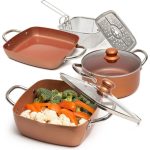In the world of cooking, the choice of cookware can significantly affect not only the preparation of food but also the overall culinary experience. Among various materials used for cookware, tin cookware has remained a popular choice throughout history, blending functionality with a rich cultural heritage. This article will explore the history, benefits, uses, care, and modern applications of tin cookware, as well as its environmental impact, ensuring that both culinary enthusiasts and casual home cooks appreciate its value.
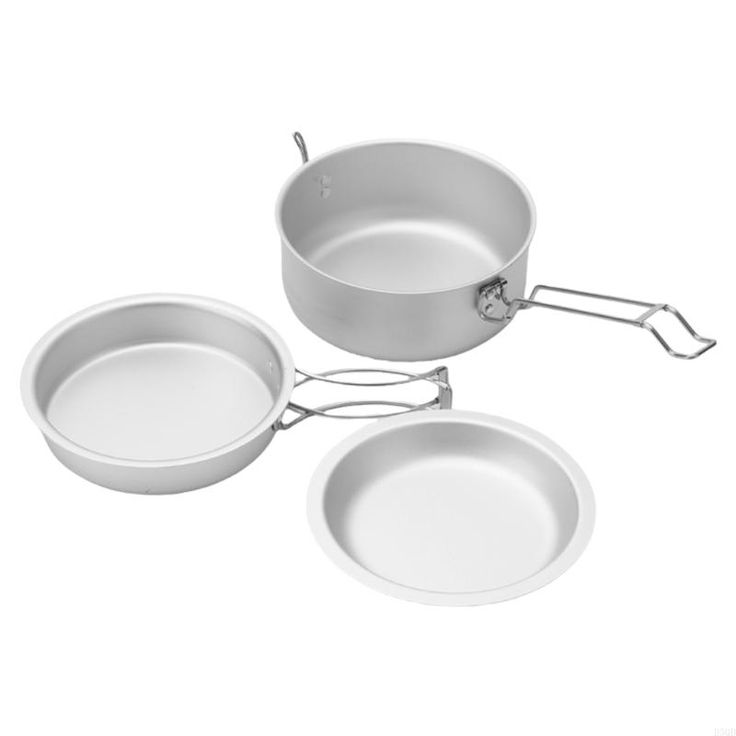
A Brief History of Tin Cookware
Tin, primarily derived from the mineral cassiterite, has been used as a material for domestic items for centuries. The practice of tinning dates back to ancient civilizations, especially in regions like the Middle East and Europe. While it is commonly mistaken for pure tin, modern tin cookware is typically made of a base metal, like steel or copper, coated with a layer of tin to enhance its properties.
Ancient Beginnings
The use of tin can be traced back thousands of years. Archaeological evidence suggests that tin was being utilized as early as 2500 BC in regions such as Egypt and Mesopotamia. Egyptians used tin for decorative purposes, while the Romans employed it for cooking and food storage. The combination of tin with other metals, particularly copper, became widespread during the Middle Ages, leading to the creation of bronze—a significant advancement in metallurgy.
The Renaissance and Beyond
During the Renaissance, the popularity of tin cookware surged in Europe. As culinary practices evolved, so did the materials used in cooking. Tin pots, pans, and utensils became essential kitchen items, especially in the homes of the rising merchant and artisan classes. The use of tin allowed for the production of lightweight, durable, and rust-resistant cookware that was easy to manage and clean.
The 18th and 19th centuries saw the establishment of tinware as an artisanal craft, with highly skilled craftsmen producing beautiful and functional pieces. Innovations in tin plating technology led to a wider variety of products that could withstand cooking temperatures while providing an attractive appearance.
Benefits of Tin Cooking Utensils
Tin cookware offers several advantages, making it a favorite among chefs and home cooks alike. Here are some key benefits to consider:
1. Non-Reactive Properties
One of the standout features of tin cookware is its non-reactive nature. Unlike aluminum or copper, tin does not react with acidic or alkaline foods, which means that it won’t impart any unwanted flavors or toxins to your culinary creations. This makes it ideal for preparing a wide range of dishes, especially sauces, which can be sensitive to reactions with metals.
2. Even Heat Distribution
Tin cooking utensil provides excellent heat distribution, allowing food to cook evenly. This characteristic is crucial for achieving perfect results, particularly in baking or when simmering delicate dishes.
3. Lightweight and Easy to Handle
Tin cooking utensil is typically lighter than cast iron or stainless steel alternatives, making it easier to maneuver in the kitchen. This property is especially important for bakers who need to handle multiple pans or cookware items simultaneously.
4. Aesthetic Appeal
Tin cookware often boasts a charming, rustic appearance that can enhance the aesthetics of any kitchen. With its shiny finish, a well-maintained tin pot or pan can become a beautiful display piece in addition to being a functional cooking tool.
5. Affordability
Compared to other cookware materials, tin is often more affordable. This accessibility makes it a popular choice for both novice cooks and seasoned chefs who want quality cookware without breaking the bank.
6. Environmentally Friendly
Tin is a recyclable material, contributing to sustainable cooking practices. Choosing tin cookware can help minimize environmental impacts, especially when these items are properly cared for and used over the long term.
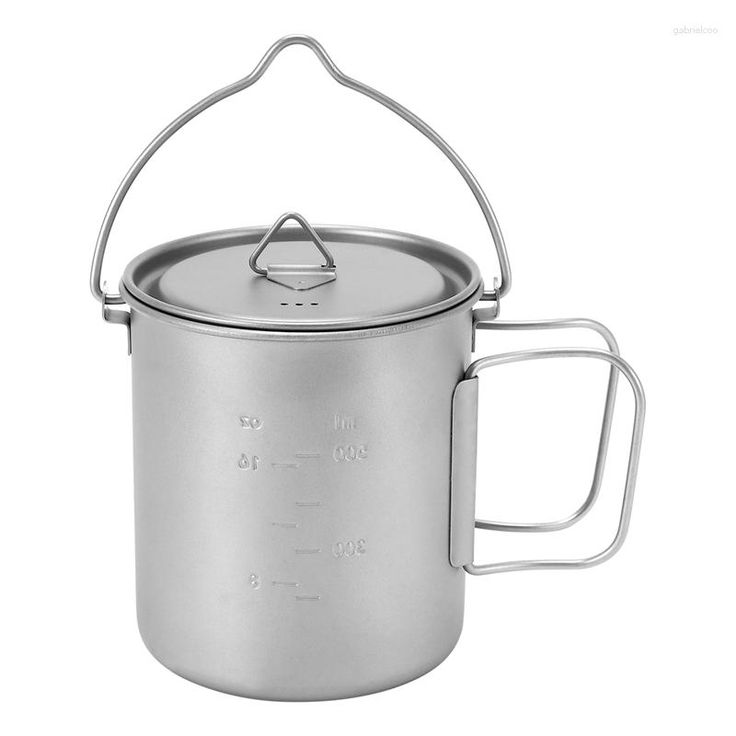
Uses of Tin Cookware
Tin cookware can serve a multitude of purposes in the kitchen. Below are some common uses that highlight the versatility of this material:
1. Baking
Tin baking pans are ideal for making cakes, cookies, and bread. The non-reactive surface ensures that your baked goods won’t risk any undesirable metallic taste, and the even heat distribution helps achieve a consistent rise and browning.
2. Cooking
Tin pots and pans are suitable for a range of cooking methods, including sautéing, simmering, and boiling. They can safely be used on stovetops or in ovens, making them a versatile addition to any kitchen.
3. Food Storage
Historically, tin was often used to craft containers for food storage. While modern materials may have overtaken this function, some decorative tin canisters remain popular for storing dry goods like flour, sugar, and spices.
4. Serving and Presentation
Tin serving trays and bowls can be used for entertaining or family-style meals. Their attractive appearance allows for stylish food presentation while being easy to clean after use.
5. Preserving Techniques
In times past, tin containers were frequently used for preserving foods. Today, while this practice is less common, some specialty shops still offer tin containers designed for preserving items like herbs or dried fruits, showcasing the material’s longevity.

Caring for Tin Cooking Utensils
To ensure your tin cookware remains in excellent condition, proper care is essential. Here are some tips for maintaining your tin cookware:
1. Avoid High Heat
While tin cookware is heat-resistant, it is important to avoid using excessively high temperatures, as this can cause warping or damage the tin layer. Instead, use medium heat settings for most cooking applications.
2. Hand Wash Only
To preserve the integrity of the tin coating, it is advisable to hand wash cookware instead of placing it in a dishwasher. Use warm soapy water and a soft sponge to clean, then rinse thoroughly and dry.
3. Reseasoning
Occasionally, tin cooking utensil may need to be seasoned to restore its non-stick properties. To do this, wash the item thoroughly, dry it, and then apply a thin layer of cooking oil. Heat it gently for a few minutes to allow the oil to absorb, creating a natural non-stick surface.
4. Store Properly
When storing tin cookware, avoid stacking items that could scratch or damage the coating. Instead, use cloths or paper towels to separate pieces and reduce wear during storage.
5. Inspect for Wear and Tear
Regularly check your tin cookware for signs of wear, such as scratches or peeling. If significant damage is found, it may be time to replace the item to ensure safe cooking.
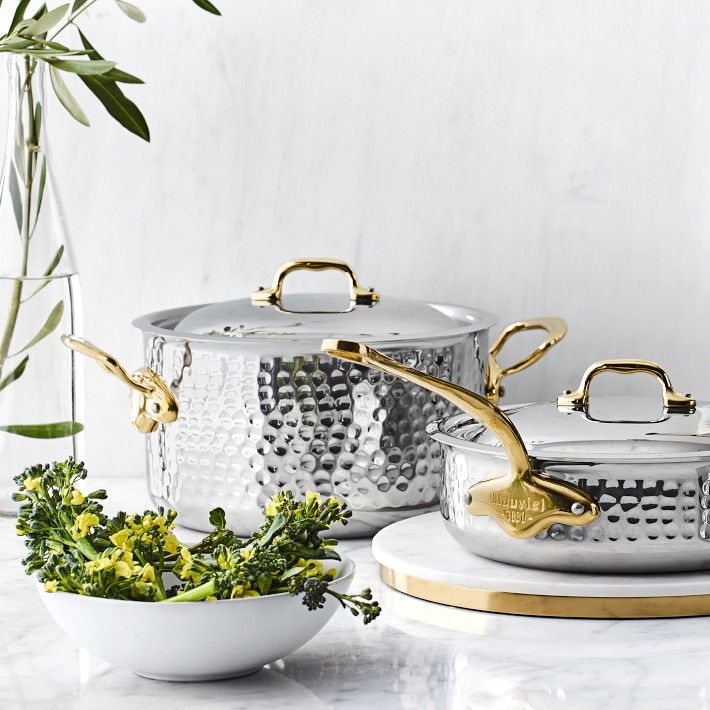
Modern Applications of Tin Cookware
While tin cookware has a historical legacy, it also has a place in contemporary kitchens. Modern manufacturers have begun to explore innovative designs and applications:
1. Reimagined Designs
Today’s tin cooking utensil features updated aesthetics, with ergonomic handle designs, vibrant colors, and unique shapes. This fusion of traditional materials with modern design elements captivates a new generation of cooking enthusiasts.
2. Artisan Creations
Many modern artisans produce handcrafted tin cookware that emphasizes quality craftsmanship, often elevating its status as a collectible item. These unique pieces can be both functional and decorative, perfect for display on kitchen walls or open shelving.
3. Sustainable Cooking Trends
As awareness of environmental issues increases, many chefs and home cooks seek sustainable options for their kitchens. Tin cookware, which is recyclable and long-lasting, fits well into eco-friendly cooking practices.
The Environmental Impact of Tin Cooking Utensils
Tin cookware can positively contribute to environmentally-conscious cooking practices. Here are some factors to consider:
1. Recyclability
Tin, being a metal, is highly recyclable. This property reduces waste and provides an opportunity for repurposing old cookware into new products. By recycling tin, you help conserve natural resources and minimize landfill contributions.
2. Long Lifespan
When cared for properly, tin cookware can last for many years. This longevity reduces the need for frequent replacements, aligning with sustainable consumer practices that emphasize quality over quantity.
3. Lower Carbon Footprint
The production of tin cookware often requires less energy than the manufacture of heavier metals or advanced non-stick coatings. By choosing tin, cooks may be supporting a more eco-friendly alternative.
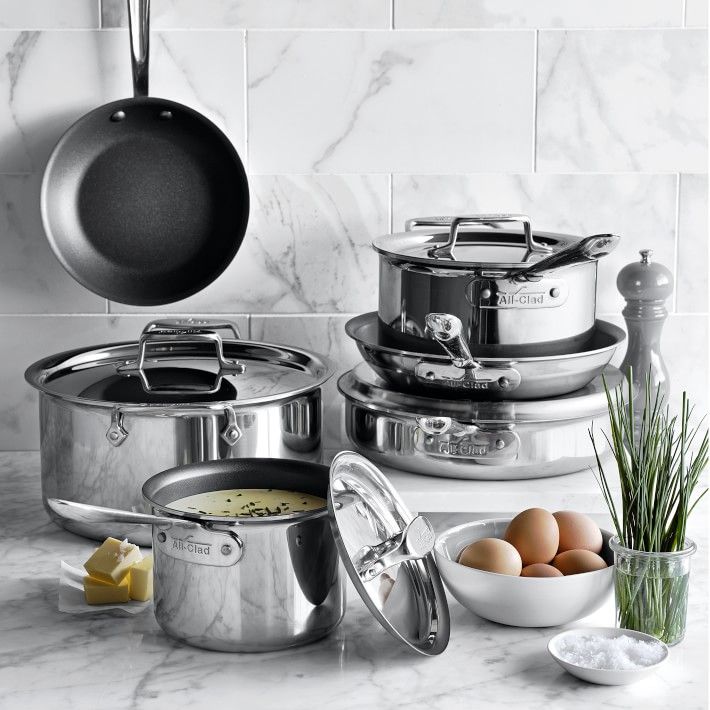
Conclusion
In summary, tin cookware represents a versatile, functional, and nostalgic choice for both culinary enthusiasts and casual home cooks. With its rich history and numerous advantages, tin offers a non-reactive and user-friendly cooking experience. From baking pans to charming serving trays, tin cooking utensil adds warmth and character to any kitchen.
With proper care and maintenance, tin cookware can serve as a reliable companion in the kitchen, providing unmatched reliability and performance. As modern consumers become more environmentally conscious, the switch to tin cookware can also support sustainable practices, making it a wise choice for today’s chefs.
Whether you’re preparing a family meal, baking a delicious dessert, or hosting a dinner party, tin cooking utensils can enhance your culinary experience. It not only brings together practicality and aesthetics but also allows you to embrace a piece of history and heritage in your cooking journey. As the culinary world continues to evolve, tin cookware remains a timeless choice for anyone who values quality and tradition in the kitchen.

